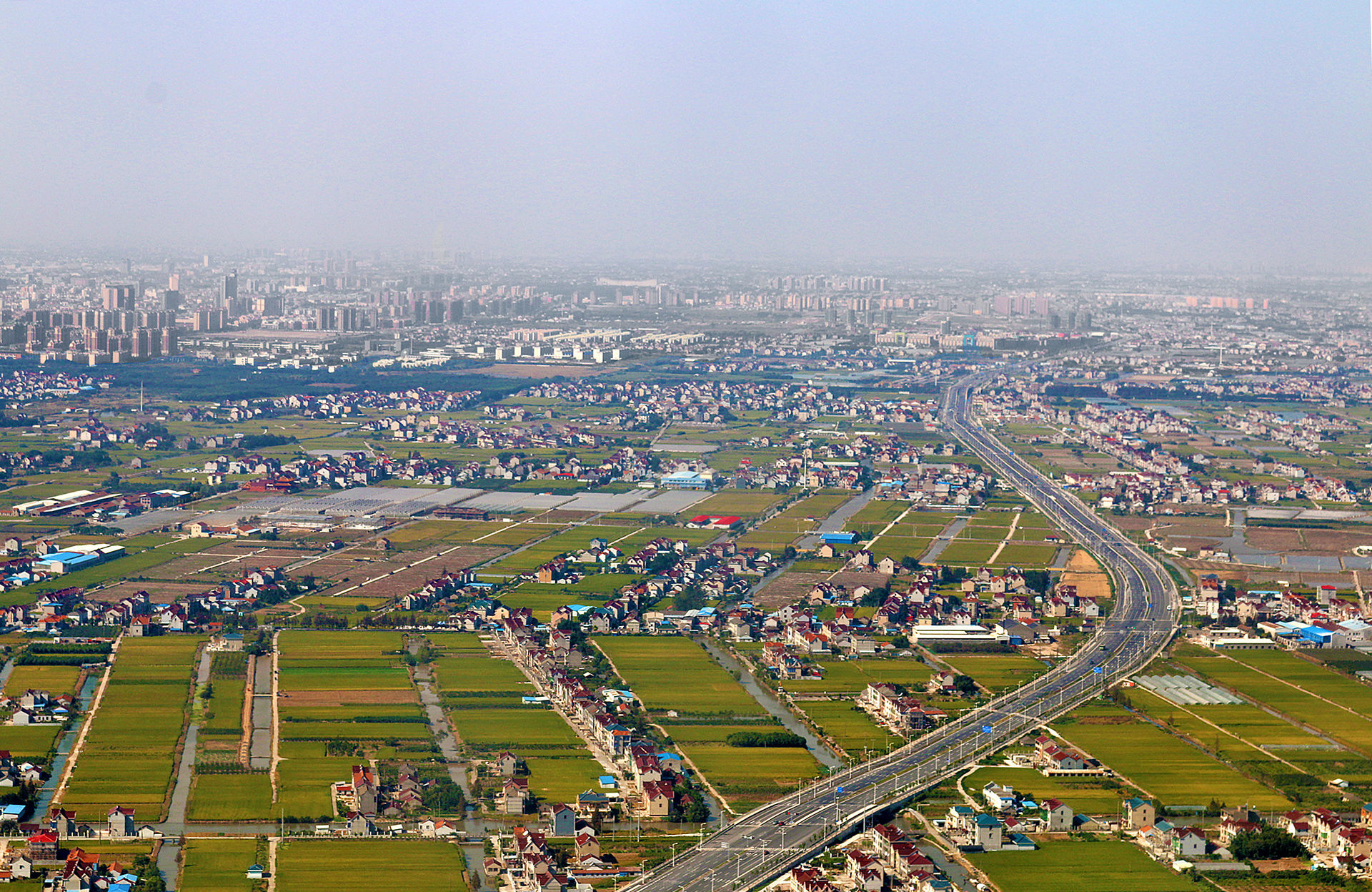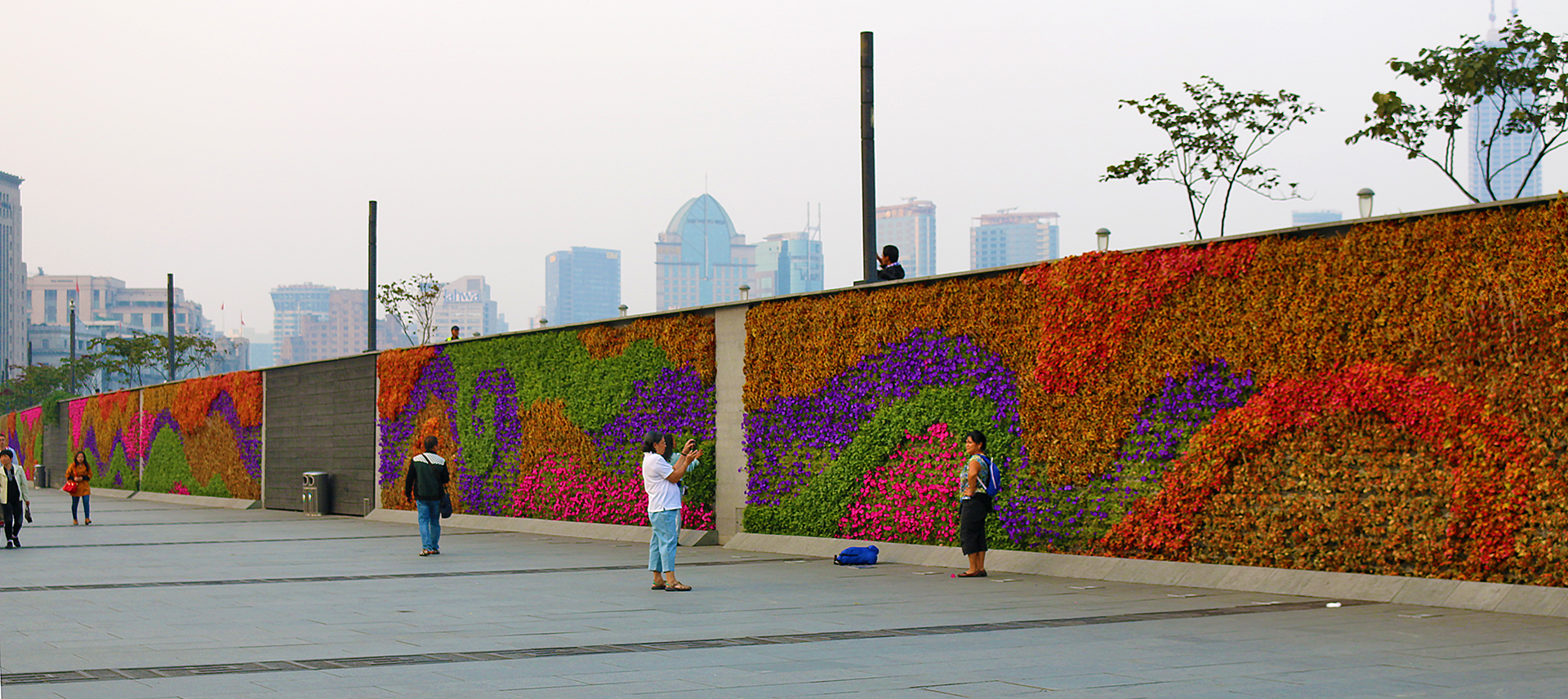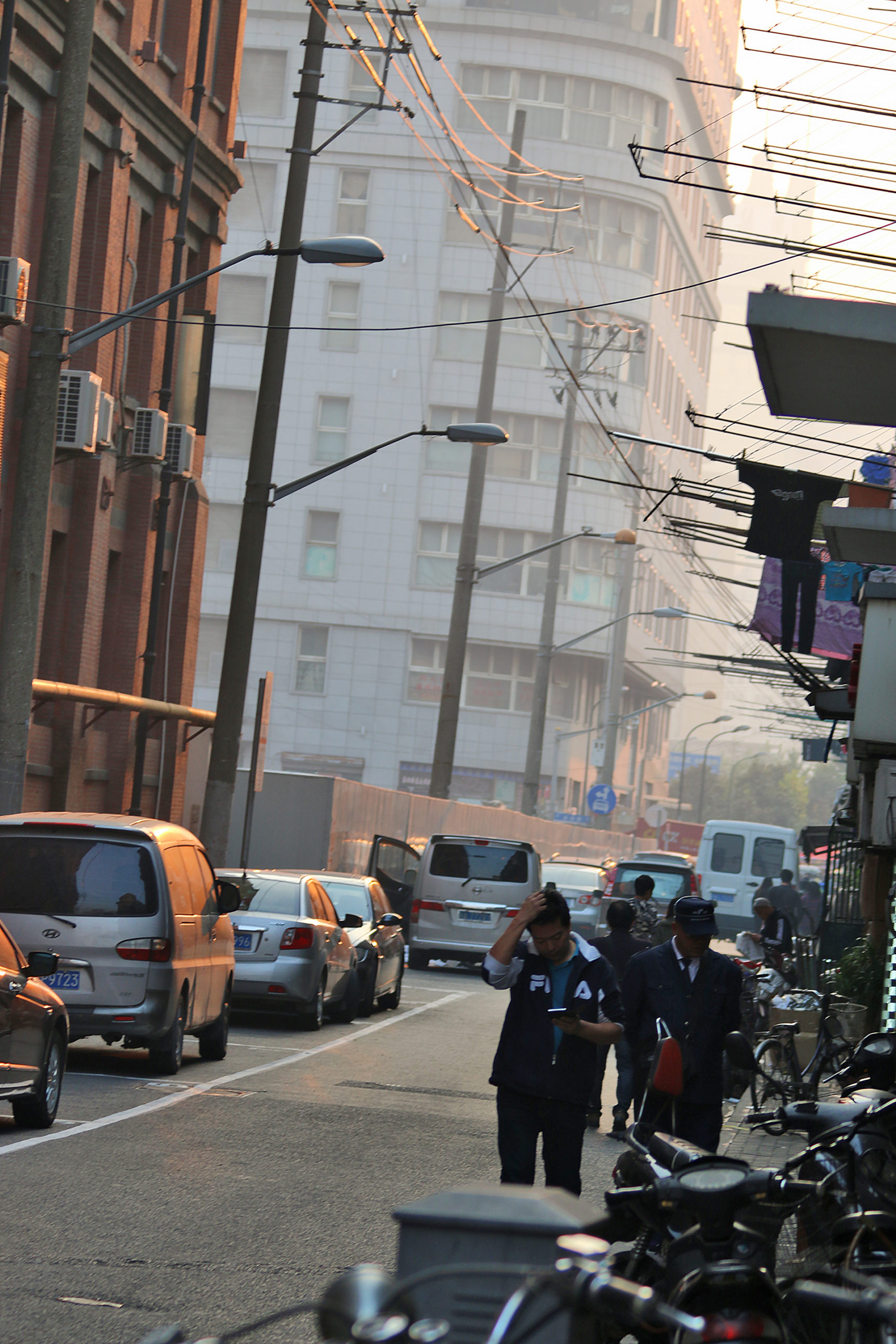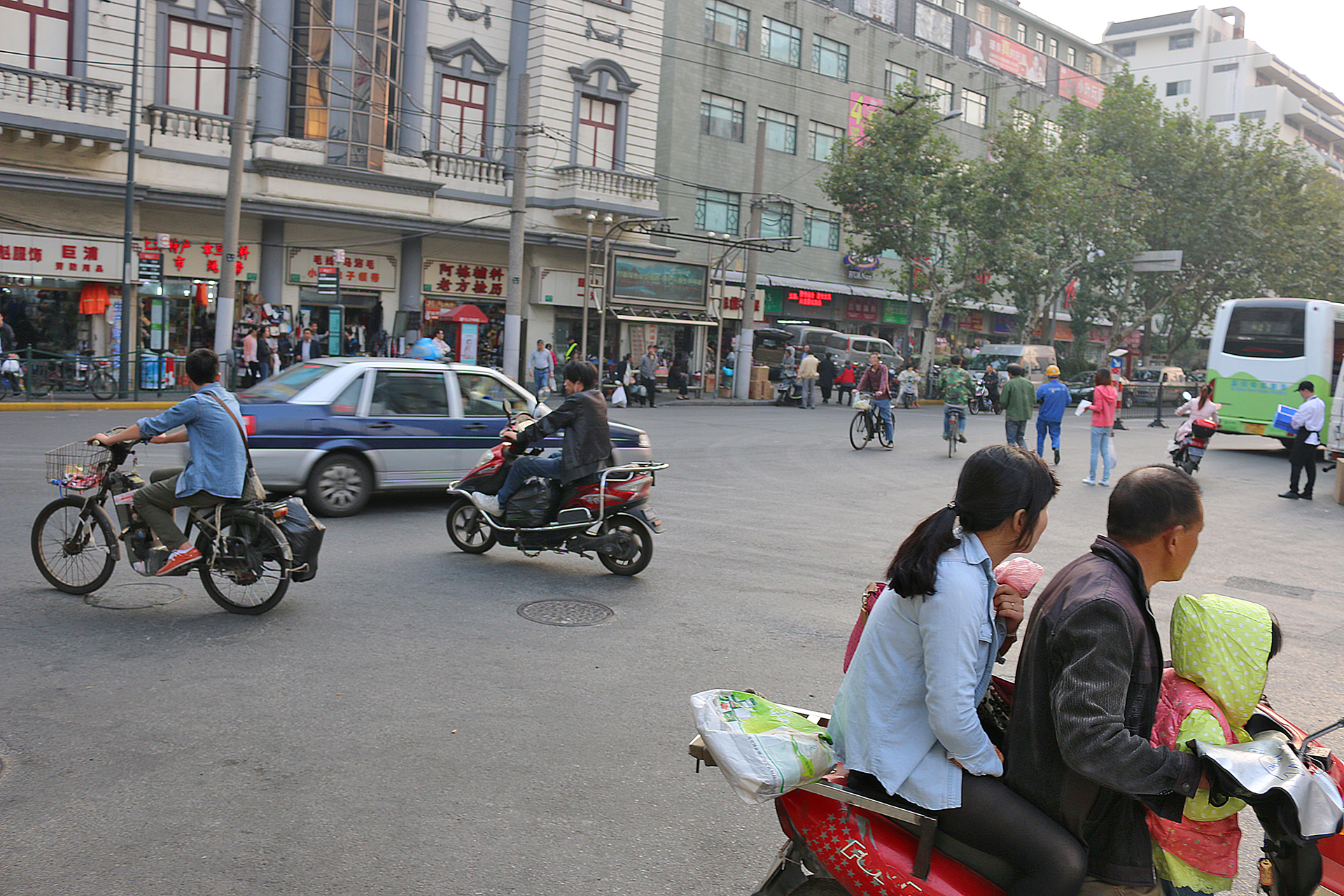If you plan on visiting China, good news is in store for you: the China visa-free transit policy has been permanently extended to ten days or 240 hours — and in addition, 21 ports of entry and exit have been added for visa-free transit individuals, further expanding the allowed areas for visa-free transit travelers.
China Visa-Free Transit Policy Permanently Extended to Ten Days

The National Immigration Administration of China announced on Tuesday, December 17, 2024 that effective immediately, the visa-free transit policy is fully relaxed and optimized. The stay duration for foreign nationals eligible for visa-free transit used to be 72 hours or 144 hours to or from only 39 open ports. Individuals from 54 eligible countries — including Russia, Brazil, the United Kingdom, the United States of America, and Canada that are traveling from China to a third country or region can enter visa-free through any of the 60 open ports in 24 provinces in autonomous regions and municipalities; and stay within the allowed areas for visa-free transit travelers for a maximum duration of 240 hours and not beyond that period of time.
“According to an NIA official, the recent relaxation and optimization of the visa-free transit policy is a significant step taken by NIA in line with its commitment to thoroughly learning and implementing the instructions from the Central Economic Work Conference, aiming to proactively serve and promote a high-standard opening up while facilitating the exchanges between Chinese and foreign nationals”, according to the official Internet web site of the Embassy of the People’s Republic of China in the United States of America. “This initiative is beneficial for accelerating cross-border flows of people, promoting international communication and cooperation, and injecting new momentum into the high-quality development of the economy and society. Going forward, the NIA will continue to deepen the institutional openness of immigration management, continually optimize and improve the policies facilitating entry and exit for immigrants, and enhance the convenience for foreign nationals to study, work, and live in China. NIA invites more foreign friends to come to China and experience the beauty of the country in this new era firsthand.”

The 21 newly added ports in twelve provinces and regions for the visa-free transit policy include:
- Taiyuan Wusu International Airport in Shanxi Province
- Su’nan Shuofang International Airport and Yangzhou Taizhou International Airport in Jiangsu Province
- Wenzhou Longwan International Airport and Yiwu Airport in Zhejiang Province
- Hefei Xinqiao International Airport and Huangshan Tunxi International Airport in Anhui Province
- Fuzhou Changle International Airport, Quanzhou Jinjiang International Airport, and Wuyishan Airport in Fujian Province
- Nanchang Changbei International Airport in Jiangxi Province
- Jinan Yaoqiang International Airport, Yantai Penglai International Airport, and Weihai Dashuipo International Airport in Shandong Province
- Zhangjiajie Hehua International Airport in Hunan Province
- Nanning Wuxu International Airport and Beihai Fucheng Airport in Guangxi Zhuang Autonomous Region
- Haikou Meilan International Airport and Sanya Phoenix International Airport in Hainan Province
- Chengdu Tianfu International Airport in Sichuan Province
- Guiyang Longdongbao International Airport in Guizhou Province
The fully relaxed and optimized 240-hour visa-free transit policy has further expanded the allowed areas for visa-free transit travelers. The number of provinces, autonomous regions, and municipalities that can be visited under this policy has increased from the original 19 to 24 as follows:
- Beijing Municipality
- Tianjin Municipality
- Hebei Province
- Liaoning Province
- Heilongjiang Province
- Shanghai Municipality
- Jiangsu Province
- Zhejiang Province
- Fujian Province
- Shandong Province
- Henan Province
- Hubei Province
- Hunan Province
- Guangdong Province
- Chongqing Municipality
- Sichuan Province
- Yunnan Province
- Shaanxi Province
- Guangxi Zhuang Autonomous Region — now includes Nanning, Liuzhou, Guilin, Wuzhou, Beihai, Fangchenggang, Qinzhou, Guigang, Yulin, Hezhou, Hechi, and Laibin
- Shanxi Province — new; and limited to Taiyuan and Datong
- Jiangxi Province — new; and limited to Nanchang and Jingdezhen
- Anhui Province — new
- Hainan Province — new
- Guizhou Province — new
Foreign nationals entering China through the visa-free transit policy can experience cross-province travels within the allowed areas for visa-free transit travelers in these 24 provinces, autonomous regions, and municipalities.
Final Boarding Call

The last time I was in China was part of my unintentional trip around the world, I was allowed access within China for 72 hours. I qualified for the visa-free transit policy because I traveled from Seoul to Shanghai and then on to Manila — although the itinerary was supposed to be from Seoul to Manila and then on to Shanghai. You can read all about why my itinerary had unexpectedly and abruptly changed at the very last minute in this article.
Anyway, what this policy means is that you can visit any of the aforementioned areas of China for up to ten days as a result of the newly relaxed, optimized, and expanded visa-free transit policy — as long as you travel to China from a different country than where you will travel after visiting China.
All photographs ©2014 by Brian Cohen.
